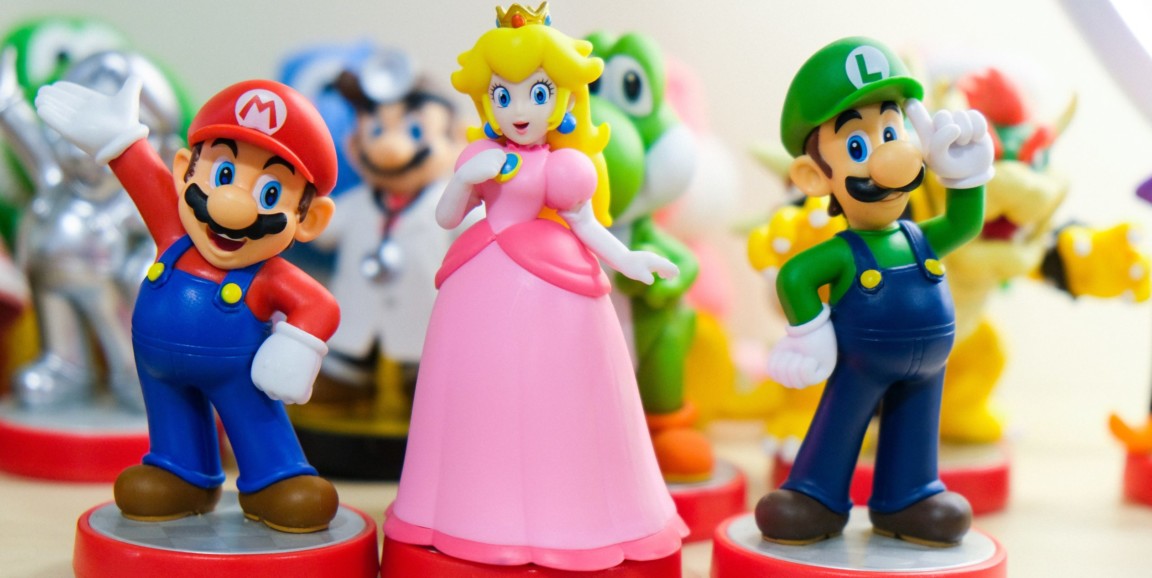It's been over 80 years, but Abbott and Costello's famous comedic skit "Who's on First" lives on in our collective memories. Their increasingly ridiculous conversation about baseball and the name of the player on first base can still reliably produce a giggle in many circles.
But in the lab, questions about order can be anything but a laughing matter -- particularly when it comes to the list of authors on a scientific paper. Many nonscientists don't realize that, traditionally, the most important places on the roster are the first -- indicating the person who conceived of and performed most of the research discussed in the paper -- and the last -- a hallowed place reserved for the senior scientist in whose laboratory the research was conducted.
In the biomedical research world, having many "first authorship" papers is largely seen as an indication of a scientist's skill and tenacity; researchers with many "senior authorship" papers often garner a reputation of strong leadership and high productivity.
But as the National Institutes of Health and other funders increasingly reward collaborative research, and scientific projects grow more complex, determining authorship order is becoming less clear. Some are even venturing outside the lab to do so.
Authorship smash down
Recently Stanford researcher Garry Nolan, PhD, tweeted about an unconventional way two researchers in his laboratory who had each contributed equally to a study decided who should be listed first on the print version of the paper.
The researchers, graduate students Bokai Zhu and Yunhao Bai, played three games of Mario Kart's Super Smash Bros.; the winner, Bai, was awarded top billing, and was permitted to list himself as the first author on his resume (called a curriculum vitae, or CV, in science circles). A footnote to the authorship list notes that Zhu and Bai contributed equally to the paper's contents and can consider themselves co-first authors on their CVs.
"All the important results are already in the paper itself. We thought, why not use this opportunity to have some fun?" Zhu said, in a recent conversation with my colleague Lisa Kim for her new video series "90 seconds with Lisa Kim."
"As science has become more multidisciplinary and collaborative, it becomes more difficult to determine who should receive credit for a group's findings," Nolan said. "It's not unusual for a scientific paper to have a dozen or more authors from multiple labs or institutions, and assigning authorship order becomes increasingly difficult."
In response, scientists like Zhu and Bai are becoming more creative. As on their paper, footnotes are increasingly used in print or online versions of a study to indicate authors (both first and last) who contributed equally to the paper's findings. "There's also a movement toward agreeing that each co-first or co-last author may list themselves as first or last author on their own CV," Nolan said.
Agreeing to ... agree
But as long as the "first or last" rubric remains, researchers are going to have to come to ways to agree. Much hinges on the ability of the authors to collaboratively decide whose careers could benefit the most from the extra boost. Sometimes that might mean that a lab leader cedes last authorship to a senior lab member who will soon be launching a job hunt, or for a postdoctoral researcher to allow a soon-to-graduate PhD student to list themselves first.
"To me, a key purpose of an academic institution is to advance the careers of your students, teach them the ways of science, and hopefully impart some wisdom while also doing important scientific work," Nolan said. "If a funding institution is going to demand cooperation and collaboration, we as scientists need to adapt. Right now, it depends on people being gracious."
Or, perhaps, a friendly video game smackdown? Maybe next time they'll play Mario Super Sluggers, instead!
Photo by Ryan Quintal




